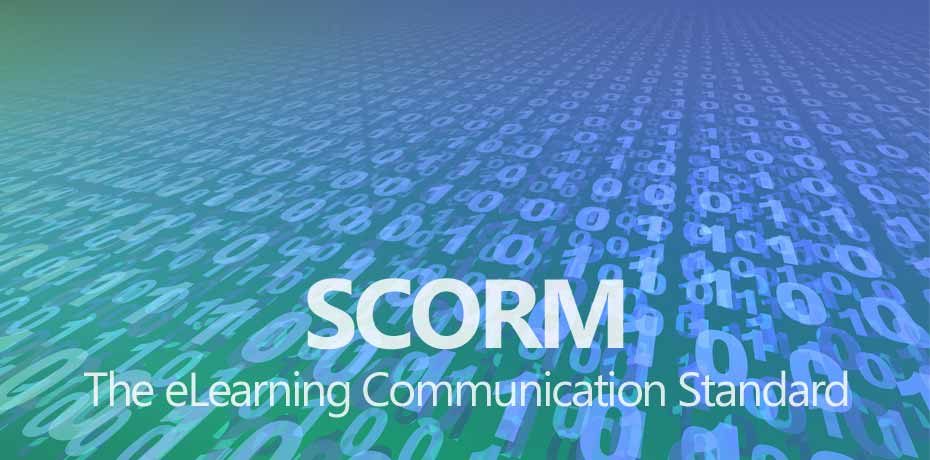SCORM – What is it?
Initially developed by the United States Department of Defense, SCORM is an acronym for Sharable Content Object Reference Model.
SCORM, an eLearning communication standard that allows eLearning modules to “talk” with an LMS, saves one’s position in a learning module. This is commonly known as bookmarking. However, its primary use is for passing scores to and from an LMS.
Today, SCORM serves as the standard for eLearning development due to its capabilities and industry standardization. It is a technical specification conforming with AICC, IMS, and IEEE specifications. Moreover, it unifies one content model framework that embodies other designs while simultaneously working alone. Technically, it is an eLearning content aggregation model and a run-time environment for various learning objects.
Essentially, SCORM is a domain profile using content packaging and simple sequencing specifications. Conventionalized by the Department of Defense, it claims high standards of operations and systems capabilities. Consequently, it has become the basic framework for large corporation application and appellation.
How does one use it?
SCORM functions as the macrostructure for custom eLearning development, class design, subsistence, and application. It lets technicians customize and create eLearning programs that concentrate on job-essential functions for multiple users at varied levels.
Technicians and trainers can master the software and code without unnecessary hassle or having to forfeit an inordinate amount of time, often the case with parallel software. It is cost-efficient, interoperable, and reusable. Furthermore, it allows companies to generate and compose training modules from internal and external sources. Because it is reusable, SCORM operates a create-once and customize-as-needed solution. Individualized content, based on existing content, is trivial.
As mentioned, it enables communication between content (client) and LMS (server). It works well in conjunction with programs such as Moodle, BlackBoard, TeacherContact, and ReloadEditor. Based on the specific edition individual companies incorporate, capabilities differ.
Editions Available*
*note there may be additional editions when you read this post. Our online learning is available in multiple standards.
There are presently three editions of SCORM. However, discrepancies and inoperable run-time errors make the first (SCORM 1.1) largely antiquated. The third edition (SCORM 2004), while the newest at fourteen years old, enjoys only limited support.
SCORM 1.1 – This version employed a Course Structure Format XML file to develop content structure but had no basis for metadata. Cast aside in favor of the 1.2 edition, this edition has become virtually obsolete in its totality.
SCORM 1.2 –Used by many businesses requiring eLearning modules and Internet learning classes, this edition is primarily a compilation of upgrades to the 1.1 version and still widely prevalent.
SCORM 2004 – The 2004 edition has had three releases. The first release (January 2004) presented companies with varied version changes. The second release (July 2004) offered improved Content Aggregation Model and Run-Time Environment. The third release (October 2006) clarified a host of interaction requirements, sequencing specifications, and interoperability necessities.
SCORM 1.2, though older, is the most common in use. The primary reason for this is simple – it works. For the most part, every LMS supports SCORM 1.2, while 2004 provides only limited support. Version 1.2 still offers companies the ability to reuse modules while giving them the advantage of augmenting systems without completely revamping current data.
Do you have more questions about SCORM, its versions, and its purpose?
We can help!
